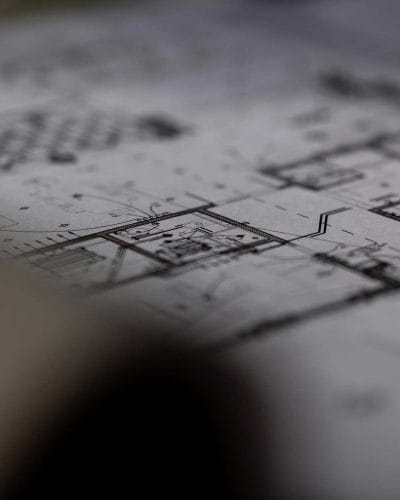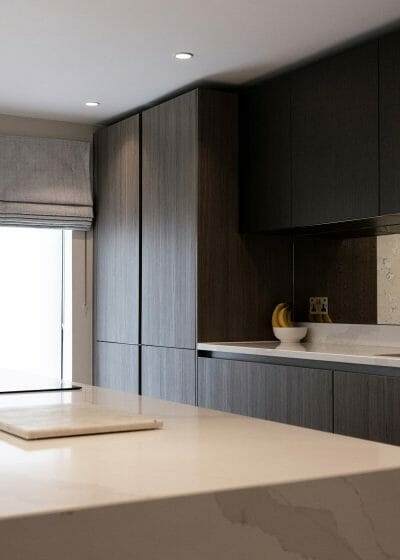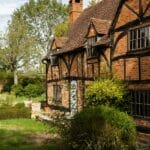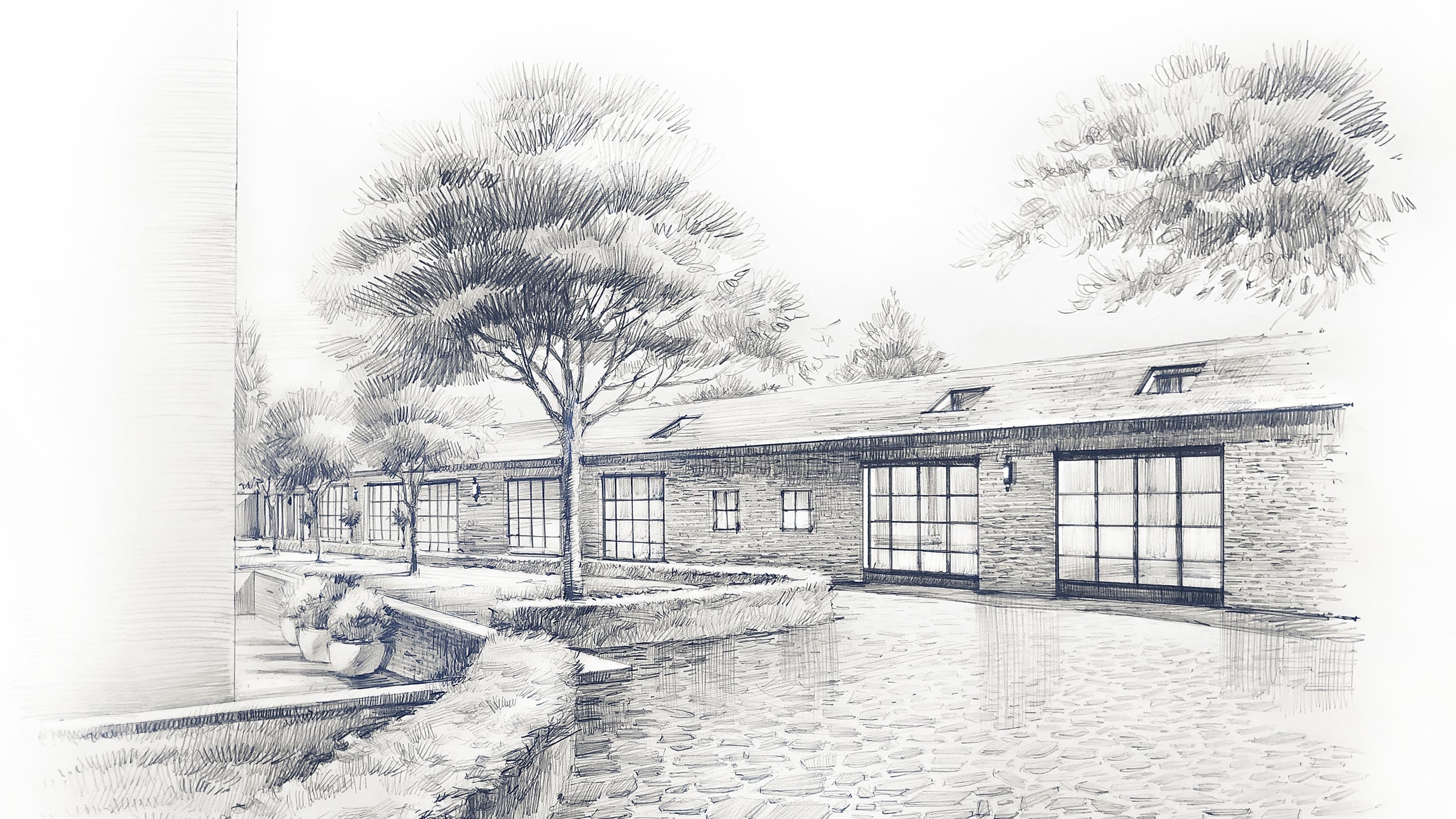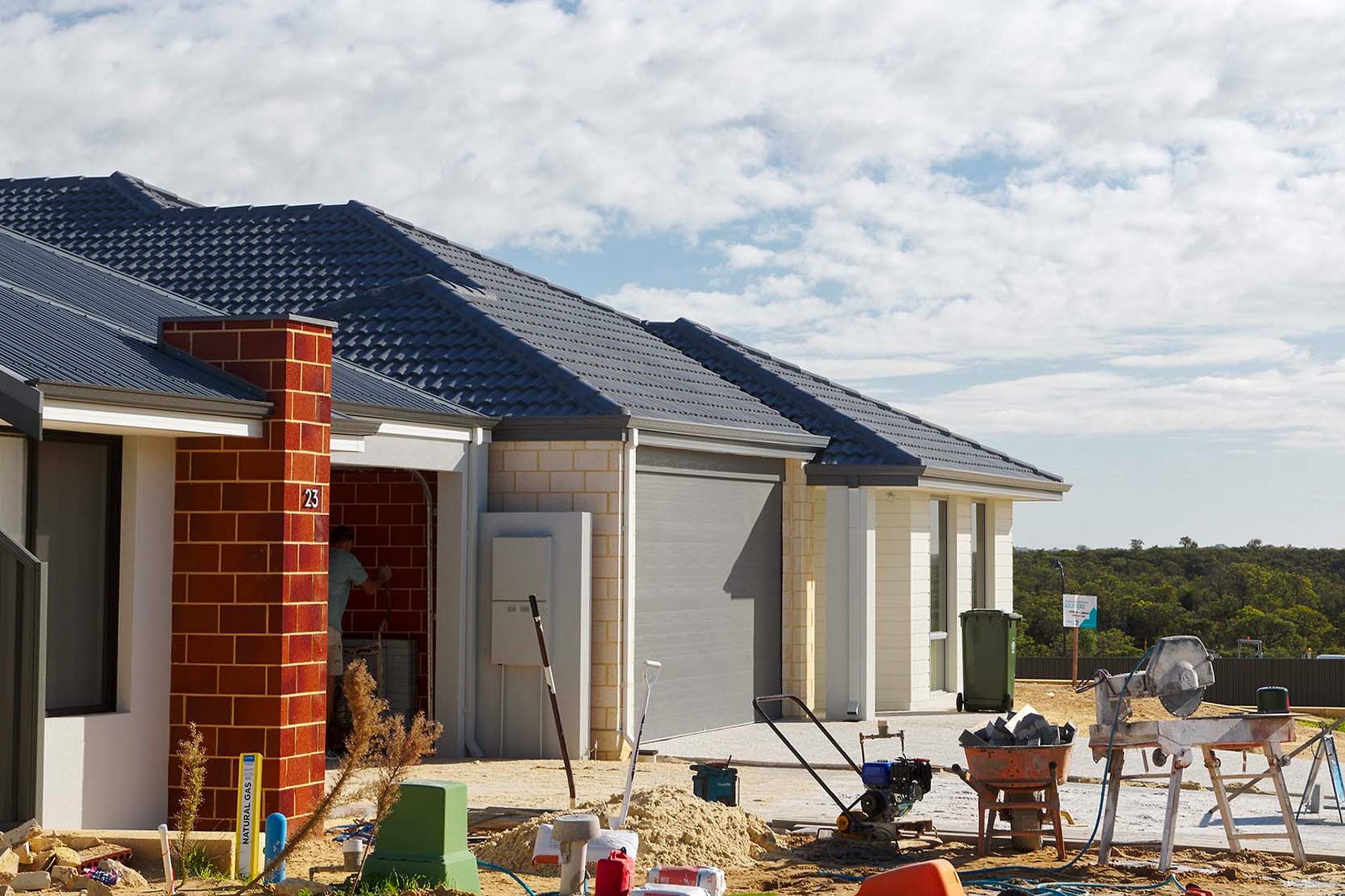How long does listed building consent take?
Many factors must be considered when asking this question. First of all, listed building consent timeframes vary, so there is no specified timeline for obtaining consent. This is because every case is unique, so whilst your Grade II listed building project may be simple, others are more complex. As a result of this, your local planning authority must carefully review each application individually and thoroughly.
One way of potentially speeding up the listed building consent process is to write a concise and quality application. Your proposed development should include detailed plans, historical research, and a clear justification for each of the proposed changes. A local authority’s decision to grant listed building consent relies heavily on this.
A vague and misinformed application will no doubt be rejected, which leads to further complications and a longer timeframe in being approved for planning permission. We recommend consulting with your local planning authority early on in the planning stage to set realistic expectations.
Requirements for making an application to extend a Grade II-listed property
When you make an application to extend a Grade II listed property, you will have to meet very specific criteria to align your proposal with preservation guides. We have compiled a checklist below:
Begin with historical research and consultation
As mentioned, working closely with a conservation officer for this part of the process can be incredibly insightful. You should understand the building’s historical context and architectural features. Ultimately, this part of the application process will help you to make an informed decision about how to extend the building in a complementary and non-detrimental manner.
Architectural drawings and plans
Next, you will need to work closely with an expert architectural designer to prepare drawings and plans of the proposed extension. Illustrations should clearly show how the new extension will integrate with the existing building. Drawings and plans need to be professional and include floor plans, cross-sections, and elevations to showcase any impact on the historic interest of the building.
Heritage impact assessment
This is an important part of the planning permission journey and should not be rushed. A Heritage Impact Assessment (HIA) must be presented to show a clear evaluation of the impact of the extension and alterations on the Grade II listed building. The project needs to prioritise preservation and this assessment is a way of demonstrating this intent.
Materials and design
The materials and design elements that you wish to incorporate into your Grade II listed building extension must be sympathetic to the original building. Listed building consent is much more likely to be granted if you demonstrate a willingness to harmonise old and new. A good design will always highlight the character of the original building.
Public consultation
In some cases, where interested parties raise concerns about your proposed development, a public consultation may be held. This will allow you to address any flagged issues or answer questions.
Conservation management plan
For some Grade II listed building alterations, a Conservation Management Plan may be required. This is essentially a long-term strategy put into place to ensure the preservation and management of a historic environment or building.
Application fees
Your local authority’s website will include any information about fees and forms that can be obtained from them. Be prepared to pay a variable fee based on the scale and nature of the proposed changes to the building.
Seek the professional advice: of an architectural designer
An architectural insight should not be underestimated. Christopher David Design can offer expert insights into how best to approach your Grade II listed building project and assist with a robust application. Contact our expert team of architectural designers today to begin your listed building project.
Design Considerations for Grade II Listed Buildings
Any building deemed to be of historical interest should be respected. At Christopher David Design, we emphasise highlighting the beauty of period architectural features whilst helping our clients to make their projects a reality. Grade II listed building projects are to always be handled with care and respect.
Historic buildings are at the backbone of British culture, a country with a rich and vast history. Listed building status, though challenging to navigate at times, should not deter you from elevating architecture further through alterations.
Below, we have formed a comprehensive list of the design considerations for Grade II listed buildings:
Conservation philosophy is not to be undermined. We embrace a philosophy where the preservation of a building’s original fabric is prioritised. Respecting a building’s historical integrity is key to successfully obtaining listed building consent.
Contextual integration ensures that new design elements seamlessly blend with the existing structure and its surroundings. Your goal for obtaining planning permission should be to create a harmonious design that is complementary.
Material choice is an important factor when altering a listed building. Your local authority will always favour a ‘like-for-like’ approach to craftsmanship and materials used.
Respect proportions when proposing any structural additions. You should always seek to design in proportion to existing structures and elements.
Sensitive interventions must be carried out to minimise the impact of alteration on original features. Any interventions should also be reversible.
Landscaping should also be thoughtfully approached. Design outdoor spaces in a way to enhance the historic environment.
Book a free consultation call with our expert architectural designers today and start your listed building project.




